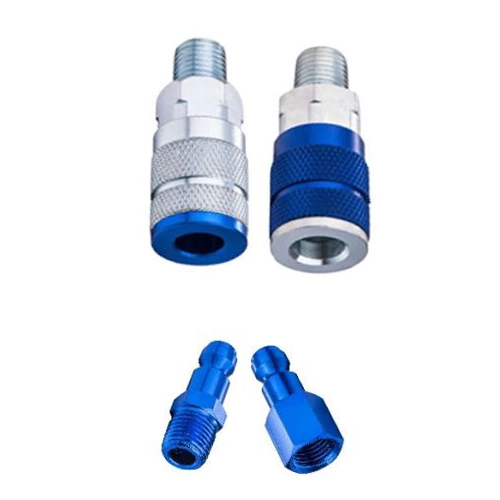What the difference between sand casting and casting forging ?
When it comes to manufacturing metal parts, there are various processes available, each with its own unique advantages and applications. Two widely used methods are sand casting and forging. While both are essential in the industry, they are fundamentally different in terms of techniques, benefits, and suitable applications. In this blog, we’ll explore the differences between sand casting and forging, helping you understand which process might be best for your specific needs. Here’s a detailed comparison:
Applications:
Process:
- Mold Creation: A pattern (often made of wood, metal, or plastic) is used to create a sand mold.
- Mold Formation: Sand mixed with a binder is packed around the pattern to form the mold. The pattern is removed, leaving a cavity in the shape of the part.
- Pouring: Molten metal is poured into the sand mold cavity.
- Cooling and Solidification: The metal cools and solidifies into the shape of the cavity.
- Removal and Finishing: The sand mold is broken away, and the cast part is cleaned and finished.
Advantages:
- Versatility: Can produce complex shapes and large parts.
- Cost-effective: Suitable for low to medium production volumes and less expensive than forging.
- Material Flexibility: Can be used with a wide variety of metals and alloys.
Disadvantages:
- Surface Finish: Generally rougher surface finish compared to forging.
- Mechanical Properties: Cast parts typically have lower strength and toughness due to porosity and other casting defects.
- Dimensional Accuracy: Less precise compared to other methods like forging.
Applications:
Sand casting is commonly used in the automotive, aerospace, and machinery industries for components like engine blocks, gears, and valve bodies.
Forging: Shaping Through Force
Process Overview: Forging involves shaping metal using compressive forces. This process can be performed at various temperatures, categorized into cold, warm, and hot forging.
- Heating (if hot forging): The metal is heated to a temperature where it becomes malleable.
- Shaping: The heated (or non-heated, in cold forging) metal is placed between two dies and deformed using compressive force, often through hammering or pressing.
- Cooling and Finishing: The forged part is cooled and may require additional finishing processes, such as machining or heat treatment.
Advantages of Forging:
- Strength: Forged parts exhibit superior strength and durability due to the metal’s grain structure being aligned during deformation.
- Consistency: Produces parts with excellent mechanical properties and uniformity.
- Reduced Defects: Less likely to have internal voids or porosity compared to cast parts.
- Efficiency: Suitable for high-volume production with consistent quality.
Applications: Forging is widely used in the automotive, aerospace, and industrial equipment sectors for components such as crankshafts, connecting rods, and high-strength fasteners.

Choosing between sand casting and forging depends on the specific requirements of your project. If you need complex shapes with detailed features and are working with a wide variety of materials, sand casting might be the best choice. On the other hand, if you require parts with superior strength, consistency, and are planning for high-volume production, forging is likely the way to go.
By understanding the key differences between these processes, you can make an informed decision that aligns with your manufacturing needs, ensuring the best possible outcome for your projects.





